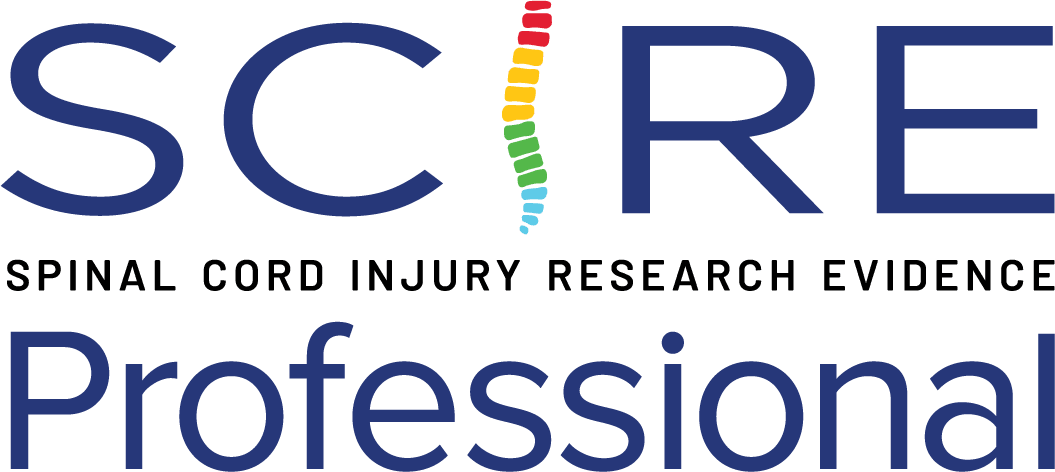Non-steroidal Anti-inflammatory Drugs as Prophylaxis
Indomethacin and Rofecoxib have both been evaluated in the treatment of HO post SCI.
Discussion
Two highly rated RCTs examined the use of non-steroidal anti-inflammatory drugs in the early phase after SCI in an attempt to reduce the incidence of HO. Banovac et al. (2001) randomized 33 SCI patients approximately three weeks post SCI and treated them prophylactically with either slow-release indomethacin 75 mg daily or placebo for a total of three weeks. Patients were carefully followed with regular clinical follow-up and bone scans. There was a significantly higher incidence of HO, diagnosed on bone scan and plain radiographs, in the placebo group when compared with the group receiving indomethacin (p<0.001). Banovac et al. (2004) randomized 76 patients in the early phase post SCI into either the intervention group (25 mg rofecoxib daily for two weeks) or a placebo group. A significantly lower incidence of HO was observed in the rofecoxib group (13.4%) than in the placebo group (33.3%; p<0.05). These findings are in line with that from a recent case control study, which demonstrated a significantly lower likelihood of developing HO during the acute phase post-SCI among patients who received ≥ 15 days of non-steroidal anti-inflammatory drugs therapy compared to those who did not receive non- steroidal anti-inflammatory drugs (Zakrasek et al., 2019). Although these three studies provided compelling evidence that anti-inflammatory drugs given prophylactically reduce the likelihood of developing HO post-SCI, Rofecoxib is no longer available due to cardiovascular side effects.
Conclusion
There is strong Level 1a evidence (from two RCTs; Banovac et al. 2001; Banovac et al. 2004) and level 3 evidence (from one case control study; Zakrasek et al., 2019) that non-steroidal anti-inflammatory medications can reduce the incidence of heterotopic ossification when administered early after a spinal cord injury.
